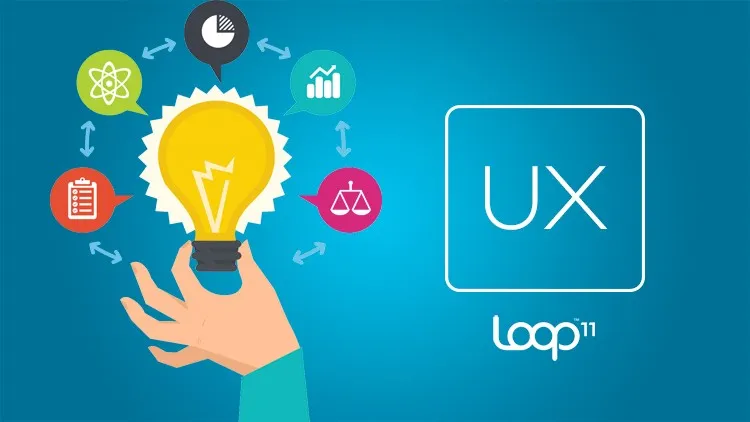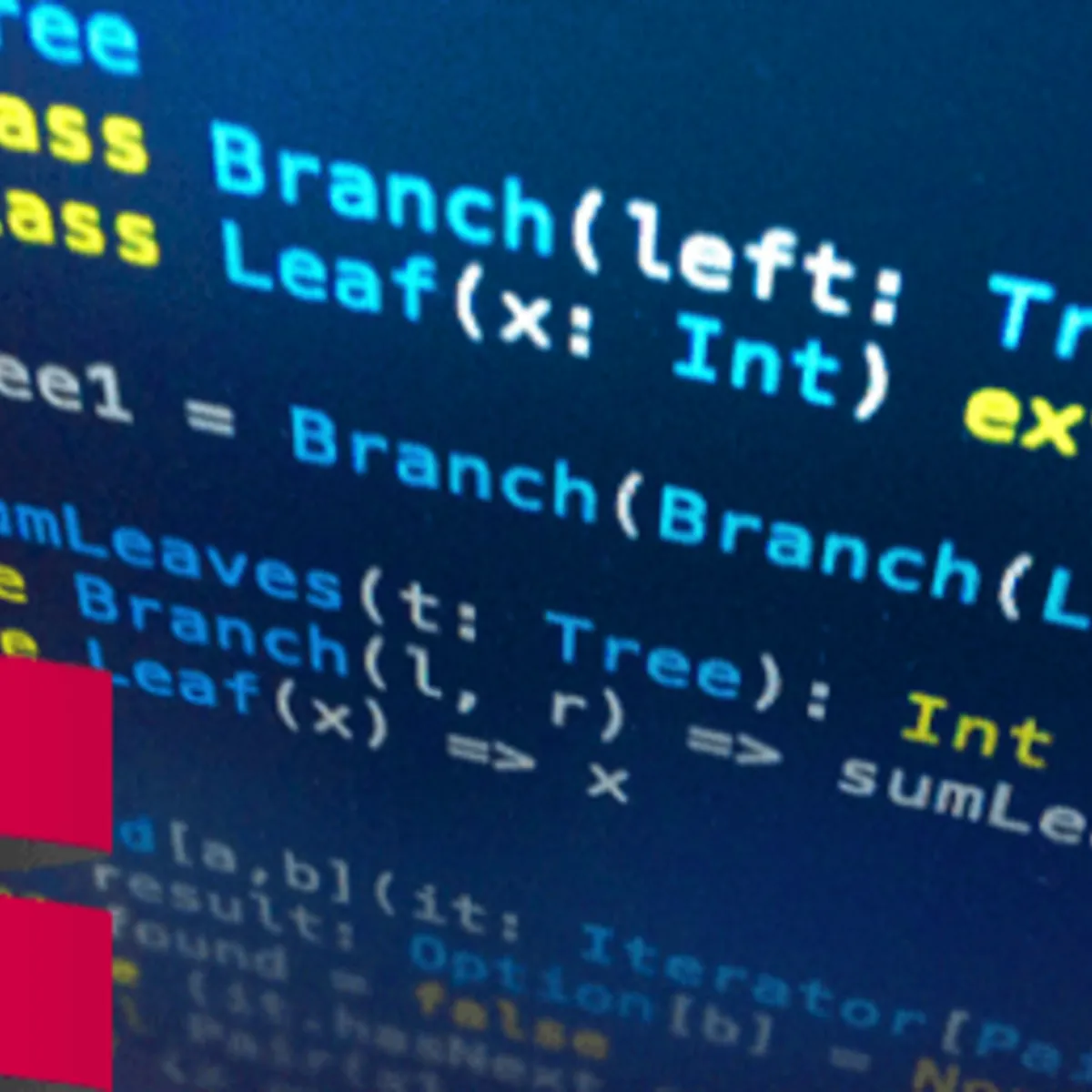
Statistical Thinking in Python : Part 2 
Statistical Thinking in Python: Part 2 is a great way to learn how to select the parameters that best describe your data. This course introduces you to an incredibly powerful tool that can help you define and estimate parameters in the context of a model. However, the question remains: how reasonable is it to observe your data if a model is correct? Hypothesis tests are used to answer this question. Learn how to use this powerful tool to make informed decisions about your data. ▼
ADVERTISEMENT
Course Feature
![]() Cost:
Cost:
Free Trial
![]() Provider:
Provider:
Datacamp
![]() Certificate:
Certificate:
No Information
![]() Language:
Language:
English
Course Overview
❗The content presented here is sourced directly from Datacamp platform. For comprehensive course details, including enrollment information, simply click on the 'Go to class' link on our website.
Updated in [June 30th, 2023]
This course, Statistical Thinking in Python: Part 2, introduces students to the fundamentals of hypothesis testing. Students will learn how to select the parameters that best describe their data, how to define and estimate parameters in the context of a model, and how to use hypothesis tests to determine if a model is reasonable. Additionally, students will learn how to use the Python programming language to perform statistical tests and interpret the results. By the end of the course, students will have a better understanding of how to use statistical methods to analyze data.
[Applications]
After completing this course, students should be able to apply the concepts of statistical thinking in Python to their own data. They should be able to select the parameters that best describe their data, define and estimate parameters in the context of a model, and use hypothesis tests to determine the validity of their model. Additionally, students should be able to use the Python programming language to create visualizations of their data and interpret the results.
[Career Path]
The career path recommended to learners of this course is Data Scientist. Data Scientists are responsible for analyzing large amounts of data to identify patterns and trends, and then using those insights to inform decisions and strategies. They use a variety of tools and techniques, such as machine learning, statistical analysis, and data visualization, to uncover insights from data. Data Scientists must be able to interpret and communicate their findings to stakeholders, and they must be able to develop and implement data-driven solutions.
The development trend of Data Scientists is very positive. As businesses become increasingly data-driven, the demand for Data Scientists is expected to continue to grow. Companies are looking for Data Scientists who can help them make better decisions and develop more efficient processes. Additionally, the use of artificial intelligence and machine learning is becoming more widespread, and Data Scientists are needed to develop and maintain these systems. As technology advances, the demand for Data Scientists will only increase.
[Education Path]
The recommended educational path for learners of this course is to pursue a degree in Statistics. This degree will provide learners with a comprehensive understanding of the principles and techniques of statistical analysis, including the use of probability theory, statistical inference, and data analysis. Learners will gain an understanding of the fundamentals of statistical theory, including the principles of hypothesis testing, sampling, and estimation. They will also learn how to apply these principles to real-world problems, such as designing experiments, analyzing data, and interpreting results.
In addition to the core statistical concepts, learners will also gain an understanding of the development trends in the field. This includes the use of modern computing tools and techniques, such as machine learning and artificial intelligence, to analyze and interpret data. Learners will also gain an understanding of the ethical considerations of data analysis, such as privacy and data security.
By completing a degree in Statistics, learners will be well-prepared to pursue a career in the field. They will be able to apply their knowledge to a variety of industries, such as finance, healthcare, and marketing. They will also be able to use their skills to develop new methods and techniques for data analysis.
Course Syllabus
Parameter estimation by optimization
Bootstrap confidence intervals
Introduction to hypothesis testing
Hypothesis test examples
Putting it all together: a case study
Course Provider

Provider Datacamp's Stats at AZClass
Discussion and Reviews
0.0 (Based on 0 reviews)
Explore Similar Online Courses

Rapid Usability Research For UX Designers

Bookkeeping -Step by Step Mastery

RDBMS PostgreSQL

Intro To PostgreSQL Databases With PgAdmin For Beginners

PostgreSQL: Client Applications

Mastering SQL using Postgresql

Database Design and Basic SQL in PostgreSQL

PostgreSQL: Advanced Queries

Spatial SQL with Postgres : A language for geographers

Learn SQL Using PostgreSQL: From Zero to Hero

PostgreSQL Essential Training


Start your review of Statistical Thinking in Python : Part 2